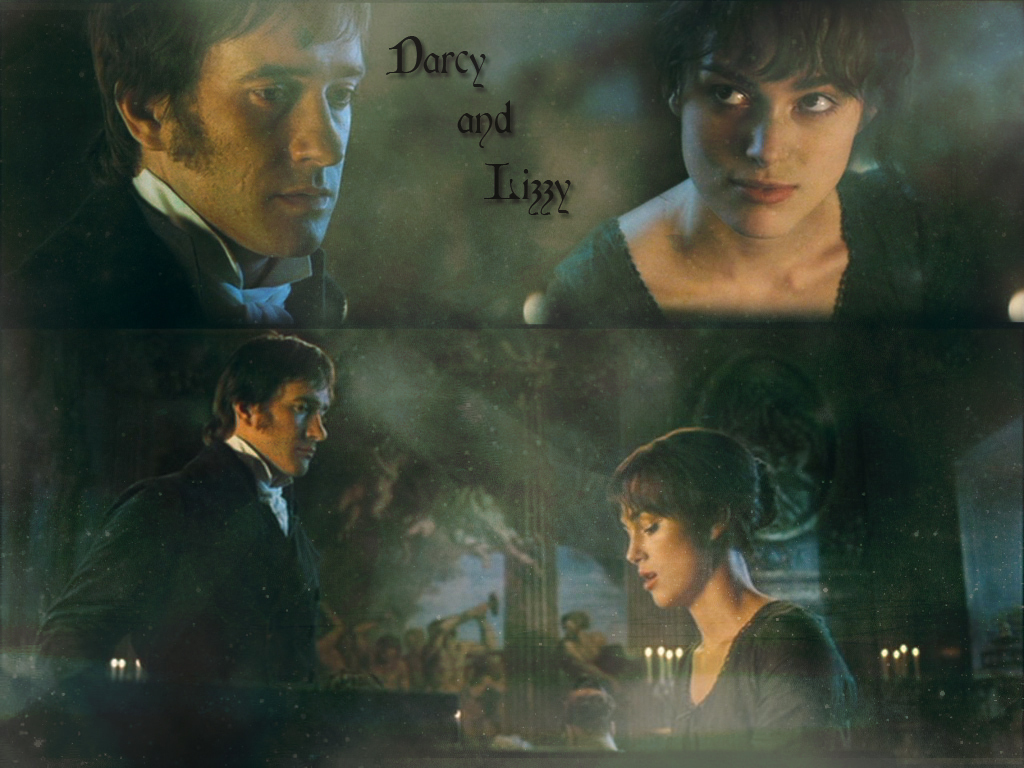Pride and Prejudice is perhaps one of the most beloved period pieces in pop culture today (see: Pride and Prejudice Zombies) and its main male character and brooding, mysterious, and misunderstood hero, Mr. Darcy, held as the seminole romantic interest in literature. I love this book and movie for many reasons and think it’s perhaps one of the greatest contributions to the English literary canon, but I can’t say that any of them is due to any possible romantic swooning caused by Mr. Darcy. I don’t think he’s a very swoon-worthy romantic hero at all. Mr. Darcy is flawed, still arrogant, and prideful, though his love for Elizabeth outweighs his faults in the end. Here are a few reasons why Mr. Darcy is not swoon-worthy:
There are many instances in which he is not only perceived by Elizabeth as being disagreeable, but actually seems to be quite an insolent and insensitive person. Darcy first comes off as being pompous when Mr. Bingley asks him to dance and suggests Elizabeth as being suitable, to which Darcy responds, “She is tolerable, but not handsome enough to tempt me”– which, of course suggests that he thinks of himself highly enough to deserve a woman of some elevated standard of beauty. This remark takes place within earshot of Elizabeth– a fact which I’m sure Darcy is fully aware of, because he had to physically turn around, meet her eye, and then exclaim it. This makes the encounter all the more provocative, as it suggests that Darcy was in a high enough standing that he didn’t care if Elizabeth heard him insult her or not. This whole situation takes place before the characters really even know each other and without fully developed motivations toward one another; thus, this is good indication that this is Darcy at his purest state: insensitive, and privileged enough to not have to hide it.
When Darcy does slowly develop feelings for Elizabeth, he is ashamed of himself and even disbelieving in his sinking so low. He justifies himself poorly: “Could you expect me to rejoice in the inferiority of your connections?—to congratulate myself on the hope of relations, whose condition in life is so decidedly beneath my own?” What a hero! For loving her despite her decided inferiority! For admiring her without withholding his offense to her family and connections! Darcy, in this part of the book, is still quite fixed in seeing Elizabeth as being far beneath him; his pride is not so much decreased by his love for Elizabeth so much as it does coexist with it.
By the end of the book, Darcy is no different. There is no indication of his perspectives on class actually shifting. Darcy himself changes very little– it is only our perception of Darcy which changes, making it seem as though he has had a dramatic character arc. In reality, it is our initial biases which have been proven wrong (and by “our”, I mean both Elizabeth and the audience). This is perhaps the brilliance of the novel as a whole– without ever fully changing Mr. Darcy, Austen creates the illusion of change by entirely altering our perception of his character.
Despite all these flaws, I do find Darcy to be a compelling and exciting character– I just don’t think he’s quite as romantic as we cut him out to be. It’s important to recognize that he came from an extremely classicist society and retained his pride in his social station throughout the entire book. He has some very promising qualities– he loves those that are close to him, is extremely loyal, helps his friends at the drop of a hat. But to romanticize him, I think, is a gross misinterpretation of the book.






